Description
Herod Philip the son of Herod the Great and Mariam the daughter of the High Priest Baethus Mark 6: 7.
Born in 27 B.C Died on 33 AD.
Unveiling the Herod Philip Coin: A Historical and Biblical Insight
Herod Philip II, also known as Philip the Tetrarch, was a significant figure in the New Testament, ruling over the northeastern part of his father’s kingdom. The coins minted during his reign are invaluable to historians and biblical scholars alike, as they offer tangible insights into the period’s socio-political and religious milieu. One such coin, the Herod Philip coin, is particularly noteworthy due to its unique embossment featuring the Temple of Philippi, an edifice that underscores the intermingling of Hellenistic and Jewish cultures under Roman rule.
The Temple of Philippi, depicted on the Herod Philip coin, serves as a remarkable symbol of the era’s religious syncretism and the propagation of the imperial cult. This imagery not only encapsulates the socio-political landscape of the time but also underscores the Roman influence on local religions and practices. The coin, therefore, is not just a piece of currency but a historical document that offers a glimpse into the complexities of governance, culture, and religion in Herod Philip’s domain.
Moreover, the Herod Philip coin is a testament to the intricate relationship between historical figures and biblical narratives. As artifacts like these are unearthed and studied, they lend substantiating context to the scriptures, bridging the gap between faith and historical fact. They not only enrich our understanding of biblical times but also highlight the profound impact of these figures and their reigns on the course of religious history.
Exploring the Biblical Cave on this coin: The Gates of Hell Revealed
The imagery on the Herod Philip coin does not solely focus on the architectural marvel of the Temple of Philippi but also intriguingly includes the depiction of a cave. This cave is believed to be linked to a profound biblical narrative mentioned in Matthew 16, where Jesus refers to the “gates of hell.” This reference has been a subject of theological debate and curiosity, with scholars and historians alike seeking to uncover its geographical and metaphorical meanings.
The cave depicted alongside the Temple of Philippi on the coin is often identified with the Banias Cave, located at the base of Mount Hermon. This site was renowned in the ancient world for its association with the Greek god Pan, a deity linked to fertility and wild places. The presence of this cave on the coin, juxtaposed with the temple, may symbolize the juxtaposition of pagan worship with the imperial cult, highlighting the diverse religious landscape into which Christianity was born.
This cave, referred to by Jesus as the “gates of hell,” represents not just a physical locale but also a spiritual battleground. The imagery on the Herod Philip coin, therefore, transcends mere artistic representation, embodying the tension between emerging Christian beliefs and the prevailing pagan and imperial cults of the time. By exploring the significance of this cave, scholars can gain deeper insights into the early dynamics of Christian faith, its challenges, and its triumphs in a complex religious tapestry.
The Herod Philip coin, with its embossed depiction of the Temple of Philippi and the cave associated with the “gates of hell,” serves as a fascinating confluence of history, archaeology, and biblical scholarship. This artifact not only enriches our understanding of the socio-political and religious contexts of the time but also offers a tangible connection to the profound narratives of the New Testament. As we continue to uncover and analyze such artifacts, the layers of history and faith intertwined within them unravel, offering a deeper comprehension of the past and its enduring influence on the present and future of religious thought and tradition.


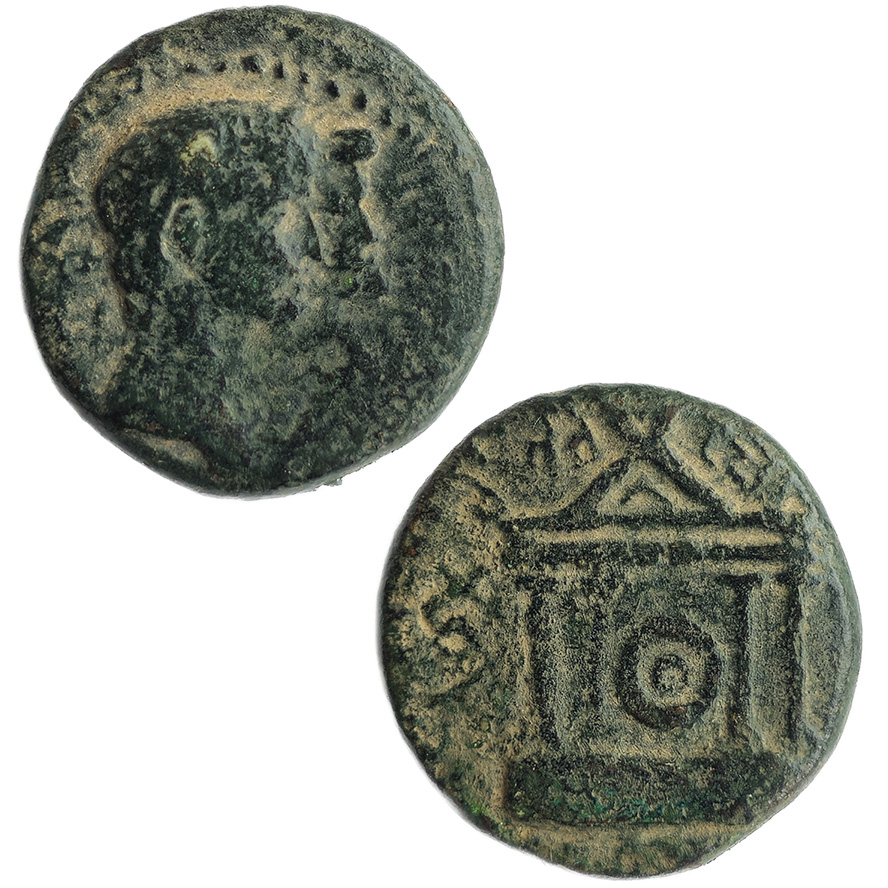
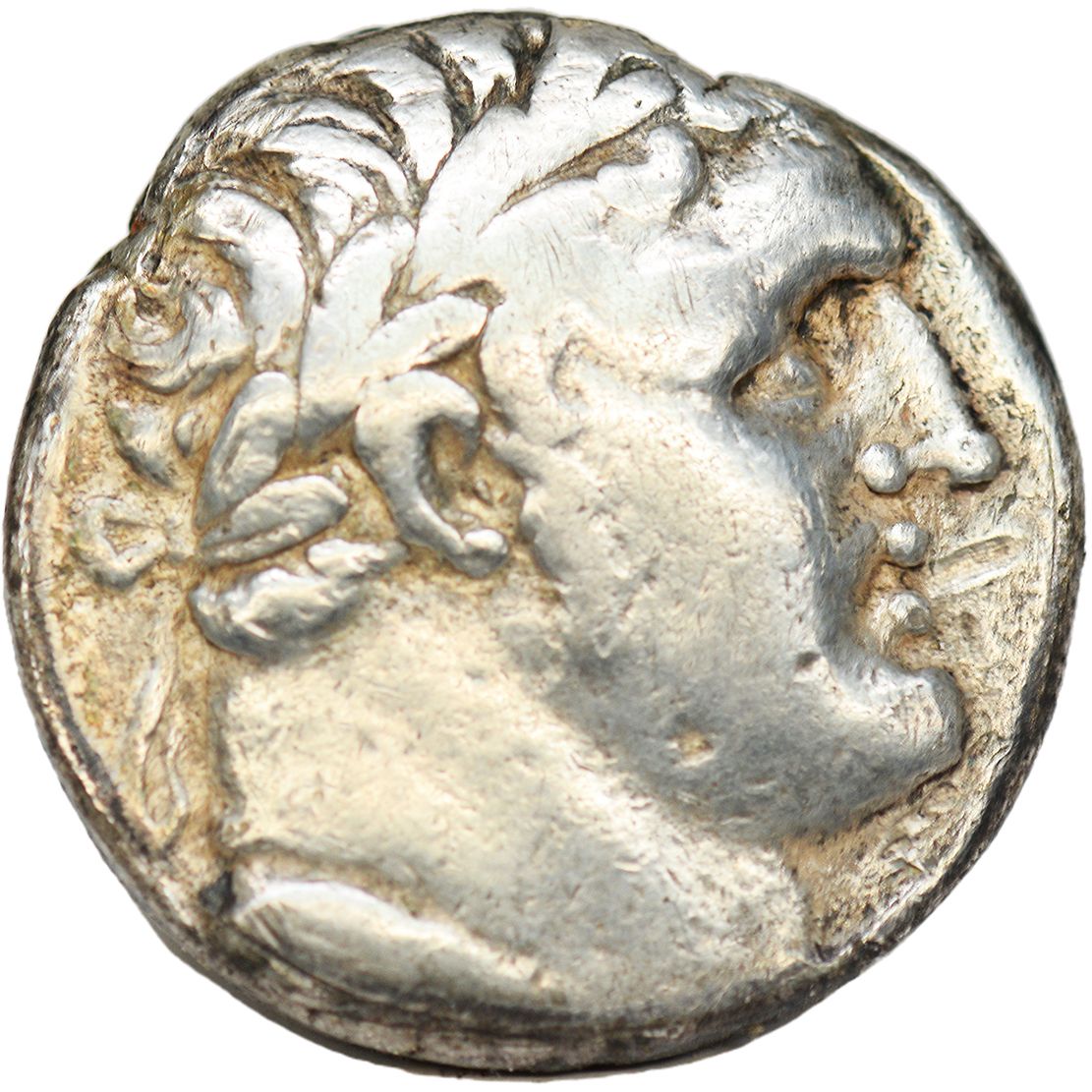
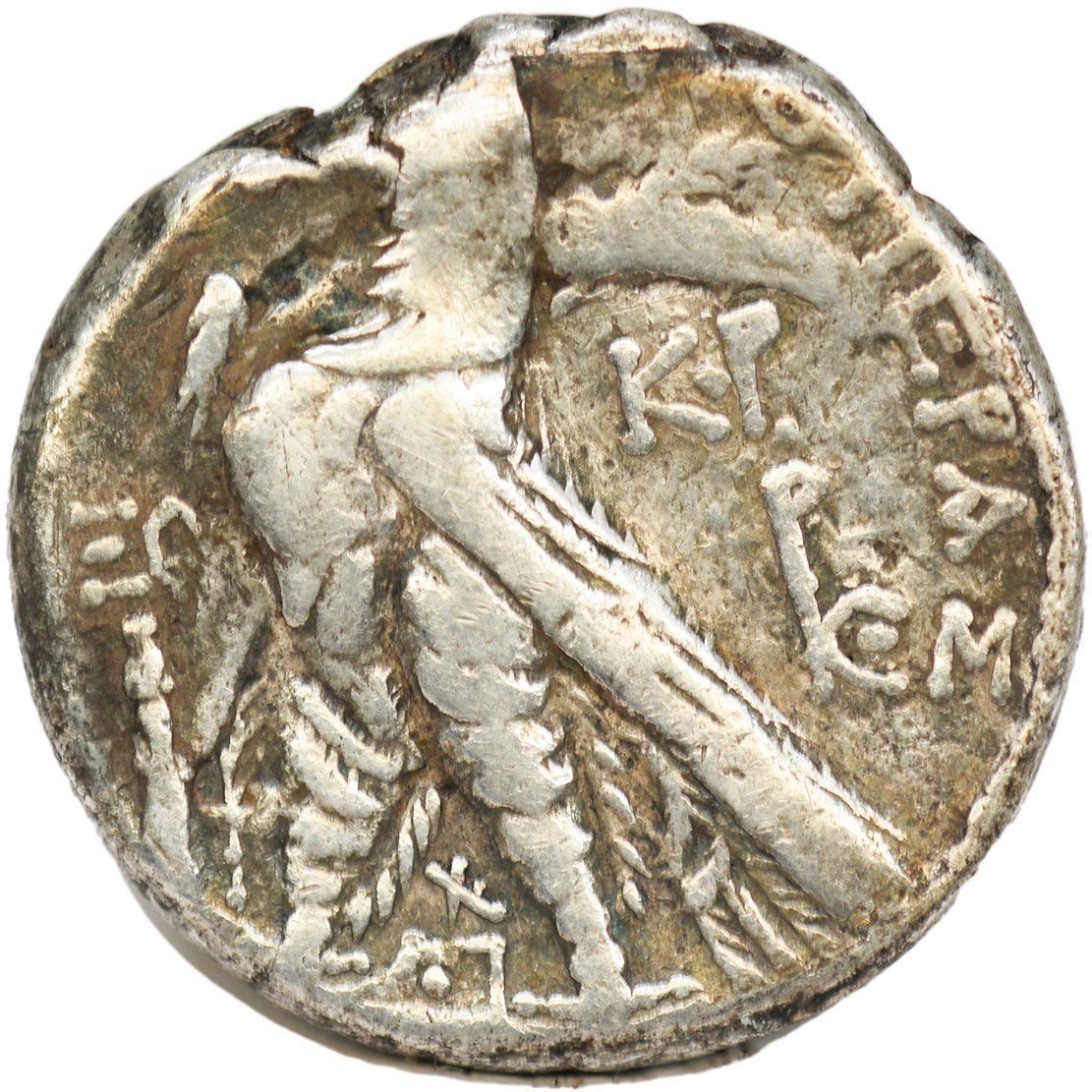
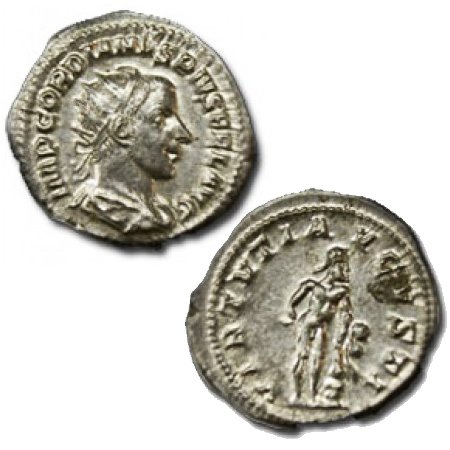
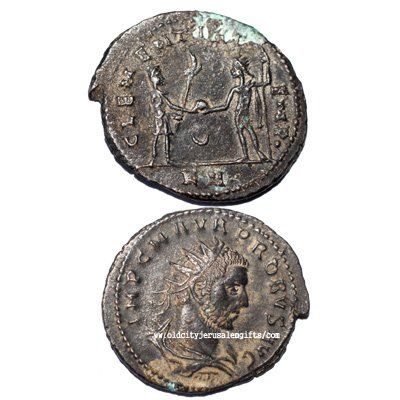
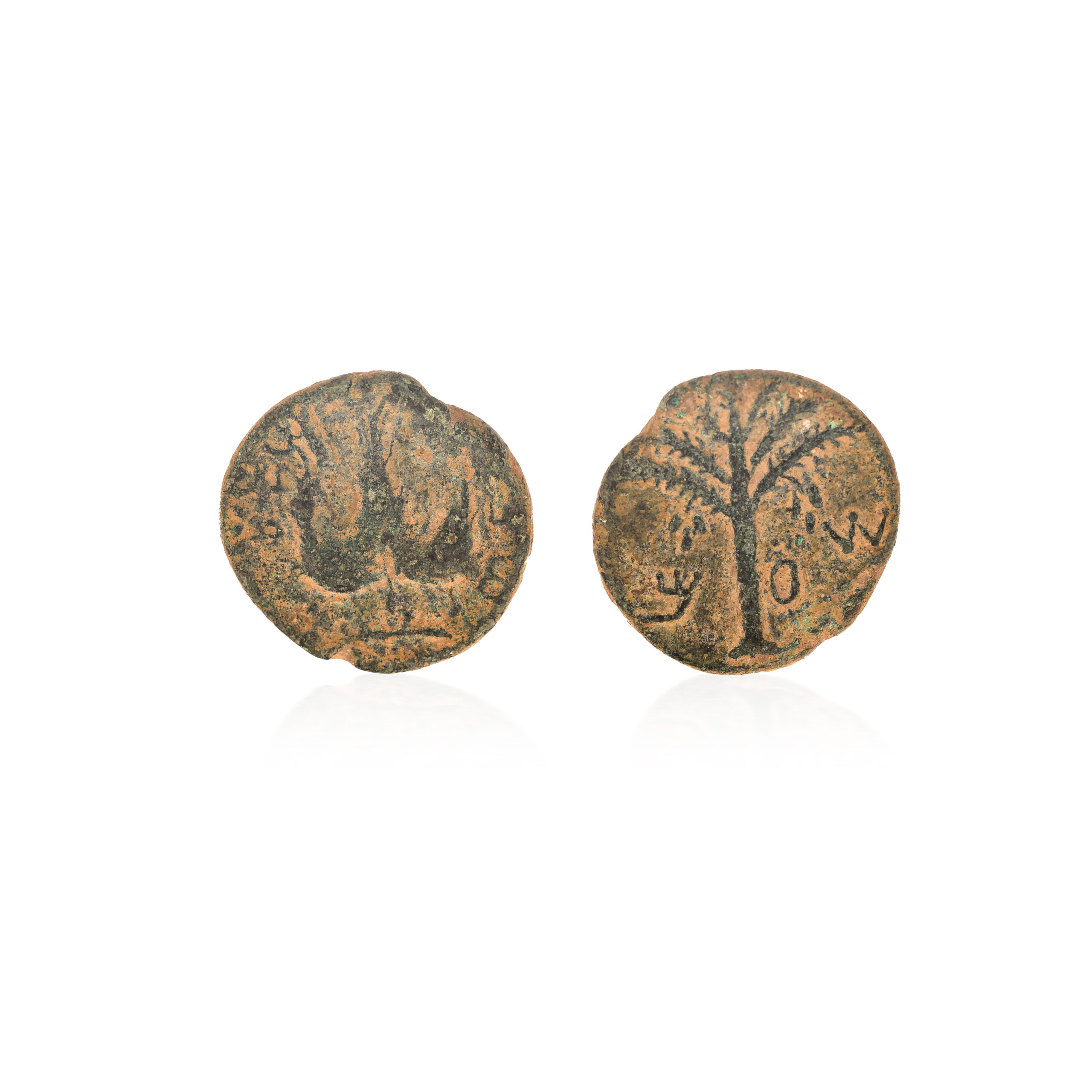
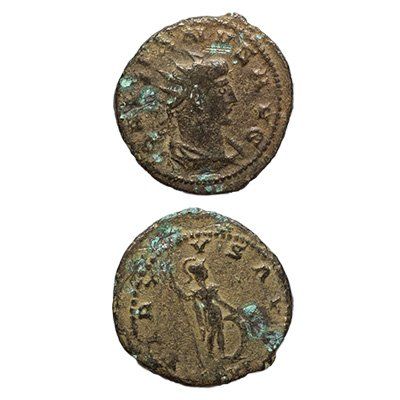
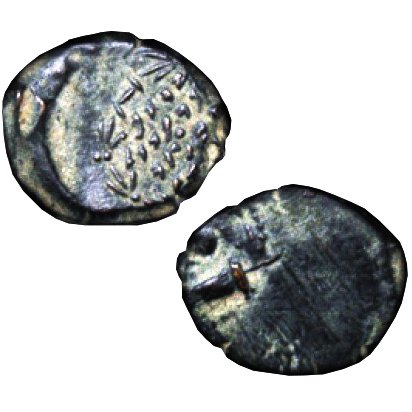
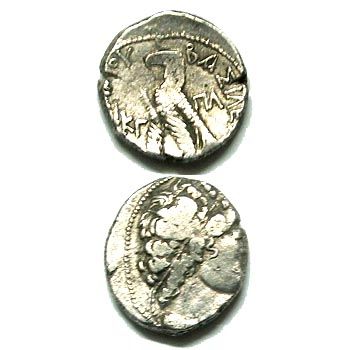
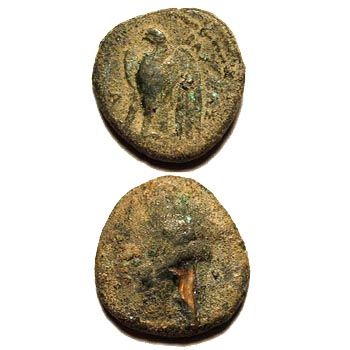
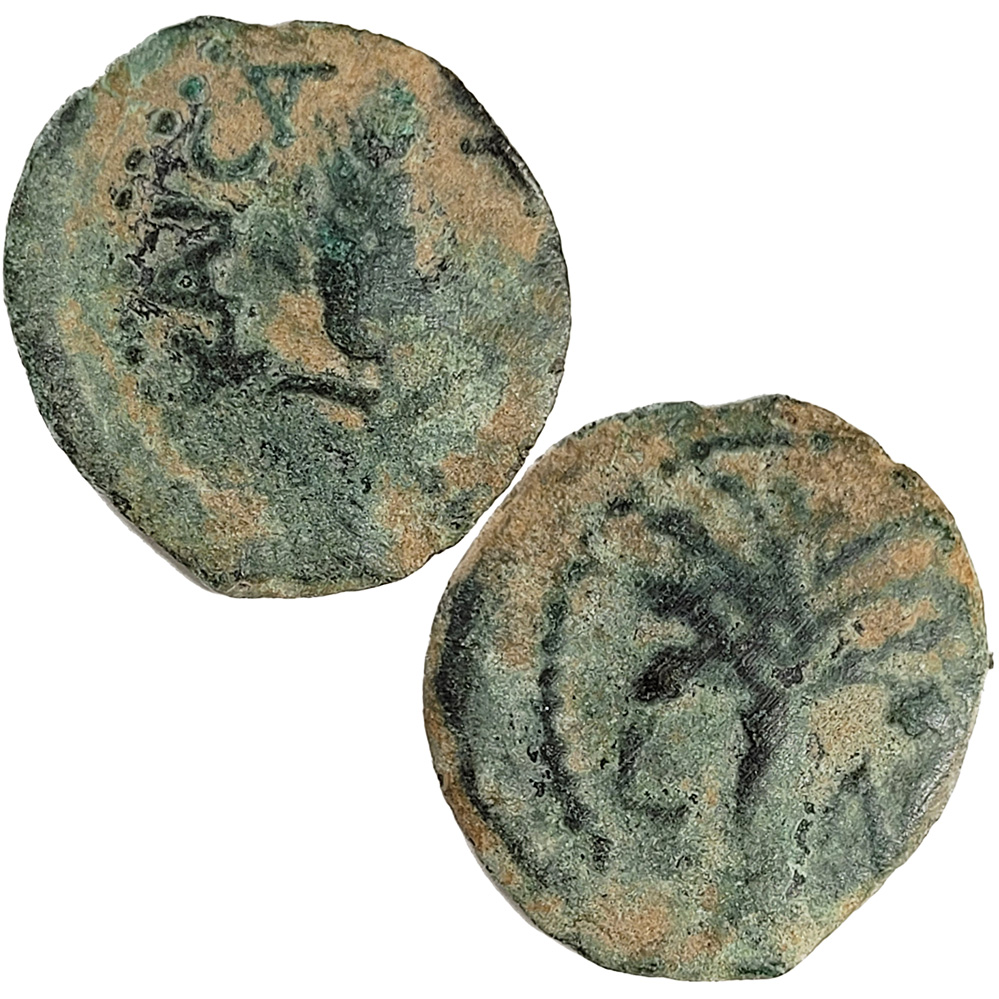
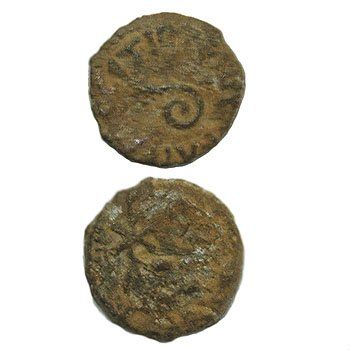
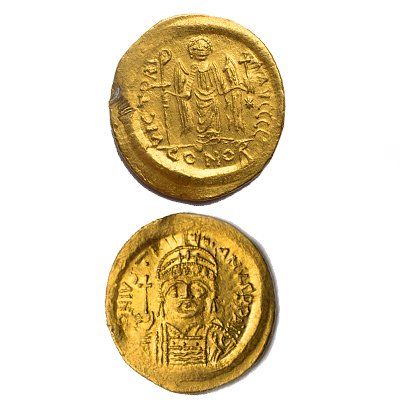
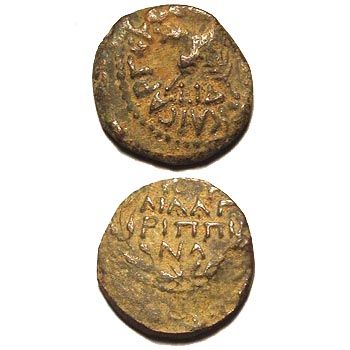
Reviews
There are no reviews yet.